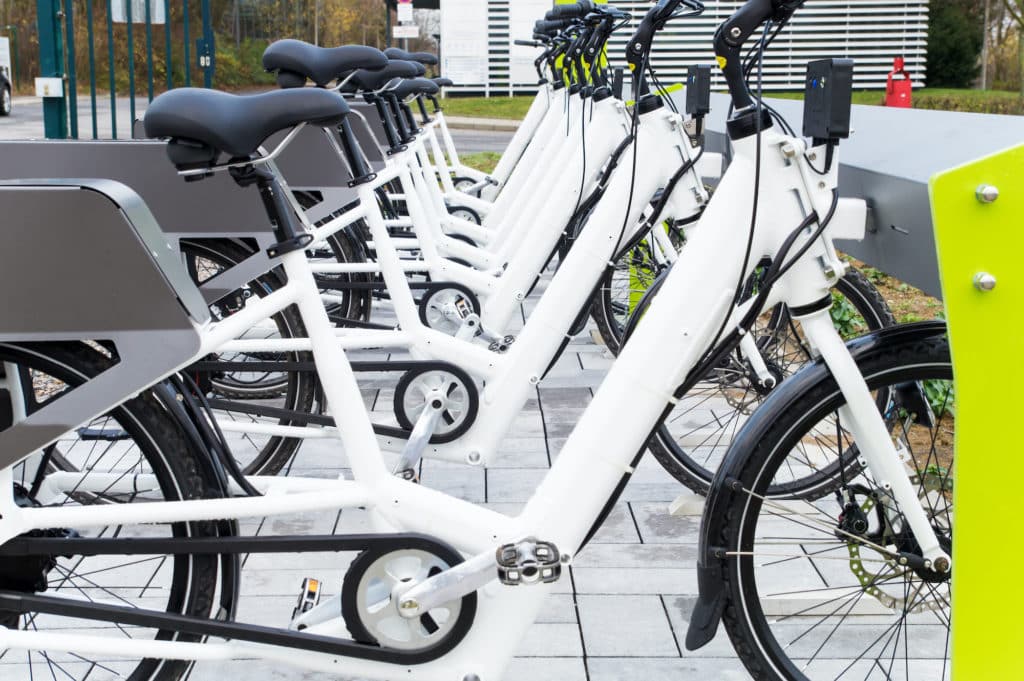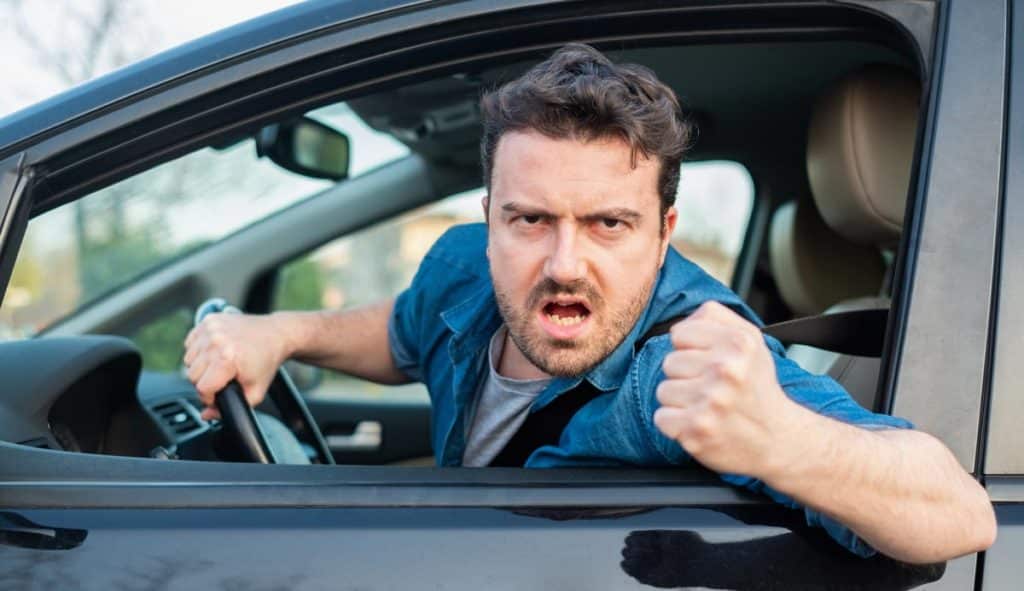The electric bicycle, or “e-bicycle,” along with the “e-scooter,” is fast becoming a preferred alternative mode of transportation in many cities. These new forms of transportation are a unique way to avoid traffic and public transportation at the same time. There are plenty of people who love them. After all, it’s certainly easier to use an e-bike than it is to go full-on pedal or to walk. It’s also cheaper (and likely faster) than taking an Uber.
On the other hand, e-bikes can seriously annoy people. Some cycling purists consider e-bikes to be ruining the sport. People who don’t use e-bikes find them annoying for any number of reasons, like the fact that users often ride them on the sidewalk. As one might expect, what we see now are those who dislike e-bikes pushing heavily for legislation further regulating or even curtailing their use.
The history of the e-bike gives some insight into the polarization they’ve caused among cyclists and drivers. How these devices have spread is deeply connected to why they are loved (or hated) by people around California.
The Rise of the E-Bike
Traffic has been getting worse in big cities for decades. The benefits of using a bike in these locations has been clear for a while. However, plenty of people find pedaling only slightly more appealing than just walking places.
That’s where e-bikes come in. The motor and lithium-ion battery cuts the amount of effort involved dramatically. People can get where they want to go without getting sweaty. They can also get there more quickly than they could through leg-power alone.
Depending on the city, e-bikes can be found in a lot of places. One sight that’s become incredibly common is rentable e-bikes that can be locked up at any bike rack in the city. These bikes have GPS chips included so users can find the nearest bike through an app. For people who want the freedom to leave their bike behind, this is a perfect way to get around.
People are buying their own e-bikes, too. In the US, e-bike sales jumped 91% from 2016 to 2017, and a further 73% from 2017 to 2018. Even if e-bike sharing programs get squashed, e-bikes themselves are here to stay.
E-Bike Laws and Regulations
In California, e-bikes are not regulated very heavily. In fact, e-bikes are held to the same regulations as regular bikes. That means that there’s no registration, licensing, or insurance issues like there are for motorbikes or cars.
It also means that e-bikes are allowed to go wherever unpowered bikes can go. Unless a local area specifically restricts e-bikes or “motorized vehicles,” they’re permitted on bike paths, sidewalks, and roads equally. Those who ride e-bikes appreciate this. However, people who try to share the path with e-bikes might disagree.
Depending on the power of the e-bike, their motors can help them reach speeds as high as 28 mph. On a road, that’s not particularly fast. However, on a sidewalk or bike path, 28 mph is incredibly fast. People who get in the way of an e-bike can find themselves in a serious accident.
What is the Future of the E-Bike?
It looks like e-bikes are only going to become more popular. They’re efficient, cheaper than electric cars, and they’re often quicker than driving in a big city anyway. The rate of e-bike purchases continues to sky-rocket every year. In many places in California, they’re already a fact of life, for better (or worse, depending on the person).
Lawmakers are already considering new legislation about e-bikes and their cousins, electric scooters. The fact that anyone of any age can ride these scooters concerns many people. While it’s required for people 17 and younger to wear helmets, there are no licensing or learning requirements to ride an e-bike. That allows minors to ride these bikes at 20 to 28mph without any training on doing it safely.
New legislation around e-bikes is likely to arrive in the next few years. Exactly what it will look like is still up in the air. There’s a legal gray area between bikes and motorbikes where e-bikes live. Giving e-bikes a defined place in California law will help clarify things for everyone. It will also help define who was at fault in any given e-bike accident. When kids and pedestrians are involved, that’s an important legal requirement.
The rise of e-bikes has made commuting and getting around simpler for hundreds of thousands of people. They’re speedy, efficient, and they’re definitely cheaper than most alternatives. The next step is to define exactly how e-bikes should be treated under the law. That might mean continuing to regard them as regular bikes, or creating a special category of legislations just for e-bikes. Either way, it looks like the e-bike debate is just beginning.





